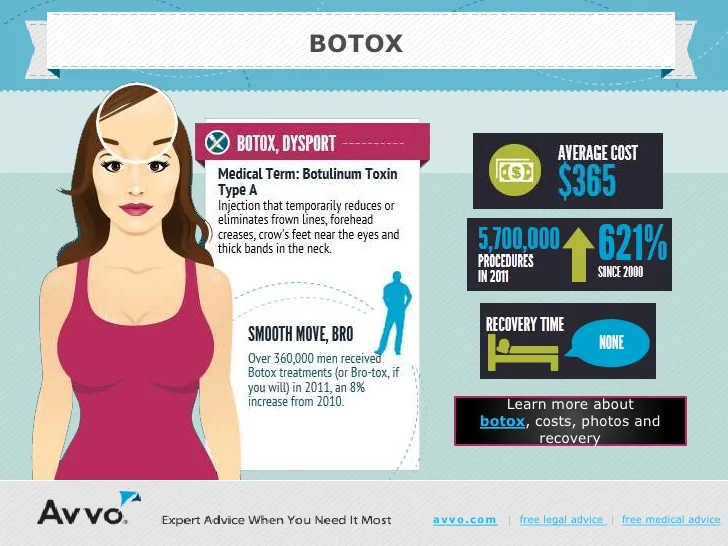Foods To Avoid For Hormonal Acne
Foods To Avoid For Hormonal Acne
Blog Article
Hormone Acne - What is Hormone Acne?
Hormone acne is defined by blocked pores and oily skin that usually appears on the chin and jawline. It takes place when hormone modifications activate inflammation and microbial overgrowth within hair follicles.
Breakouts may appear as whiteheads, blackheads, papules or pustules and cysts or blemishes in extra extreme instances. It is more common in teens going through adolescence however can impact adults of any type of age.
What Creates Hormone Acne?
While acne can be brought on by a selection of variables, consisting of making use of hair and skin care items that aren't oil-free or made with ingredients that could clog pores, genetic predisposition, diet,2 and tension, the root cause is varying hormones. Hormonal acne occurs when the body experiences hormone adjustments and variations that bring about an overflow of sebum, which creates swelling, boosted development of germs and modifications in skin cell activity.
Hormonal acne is frequently discovered on the lower jawline, cheeks and neck but can appear anywhere on the body. It is characterized by blemishes that are cystic, unpleasant and full of pus or other material. It is also more likely to occur in females than males, particularly during puberty, the menstrual cycle, pregnancy or menopause.
Age
While many children experience acne at some time throughout adolescence, it can continue to plague grownups well right into the adult years. Referred to as hormonal acne, this form of outbreak is connected to changes in hormones and is typically most common in females.
Hormone acne takes place when oil glands create excessive sebum, which blocks pores and traps dead skin cells. This leads to the development of imperfections, such as whiteheads, blackheads and papules, pustules, cysts or nodules, deep under the surface.
This type of imperfection usually creates pain, redness and inflammation. It might likewise be cyclical and show up around the very same time monthly, such as right before your period begins. This is since levels of female hormonal agents like progesterone and oestrogen change with each menstrual cycle.
Menstrual Cycle
Hormone acne normally appears in the lower part of your face, along the jawline and cheeks, as whiteheads, blackheads or inflammatory acnes (pimples and cysts). It's most likely to show up around the moment when your menstrual cycle changes.
Specifically around ovulation, when estrogen and progesterone degrees are on the surge, hormonal agent changes can cause outbreaks. However it's also feasible to get acne at any factor during your 28-day menstrual cycle.
If you see that your hormonal acne flares up right prior to your period, try observing when precisely this happens and see if it connects to the phases of your 28-day menstrual cycle. This will certainly help you determine the source of your skin troubles. As an example, you might want to work with stabilizing your blood sugar and removing high-sugar foods, or consider a prescription drug like spironolactone that can control your hormones.
Maternity
Growing a child is a time of remarkable hormonal modifications. For numerous females, this includes a flare-up of hormone acne. This kind of breakout normally begins in the initial trimester, around week six. It's brought on by hormonal agent surges that promote sebaceous glands to make even more oil, which can clog pores and create more microorganisms to develop.
Outbreaks may additionally happen as a result of pre-existing conditions like polycystic ovary website disorder, which can also be a problem during pregnancy and menopause. Additionally, some types of contraceptive pill (such as Ortho Tri-Cyclen and YAZ) can set off hormone acne in some ladies.
Thankfully, a lot of acne treatments are "no-go" for expectant women (including preferred acne-fighting components such as isotretinoin and spironolactone). Yet if you can't stay clear of those bothersome bumps, your doctor may suggest oral erythromycin or cephalexin, which are secure during pregnancy.
Menopause
As females approach menopause, the estrogen degrees that created their hormone acne to flare up throughout puberty start to maintain and decrease. At the same time, nevertheless, a spike in androgens (also referred to as male hormonal agents) happens due to the fact that these hormones can not be exchanged estrogen as efficiently as in the past.
The excess of androgens can activate oil manufacturing by the sebaceous glands, which obstructs pores. When the clogged pores ended up being swollen and irritated, an acne kinds.
Hormonal acne is normally seen on the face, particularly around the chin and jawline, however it can take place on the neck, back, shoulders, or upper body. This kind of acne often tends to flare up in a cyclical pattern, comparable to the menstruation. Tension, which boosts cortisol and tosses hormones out of balance, additionally contributes to the breakouts.